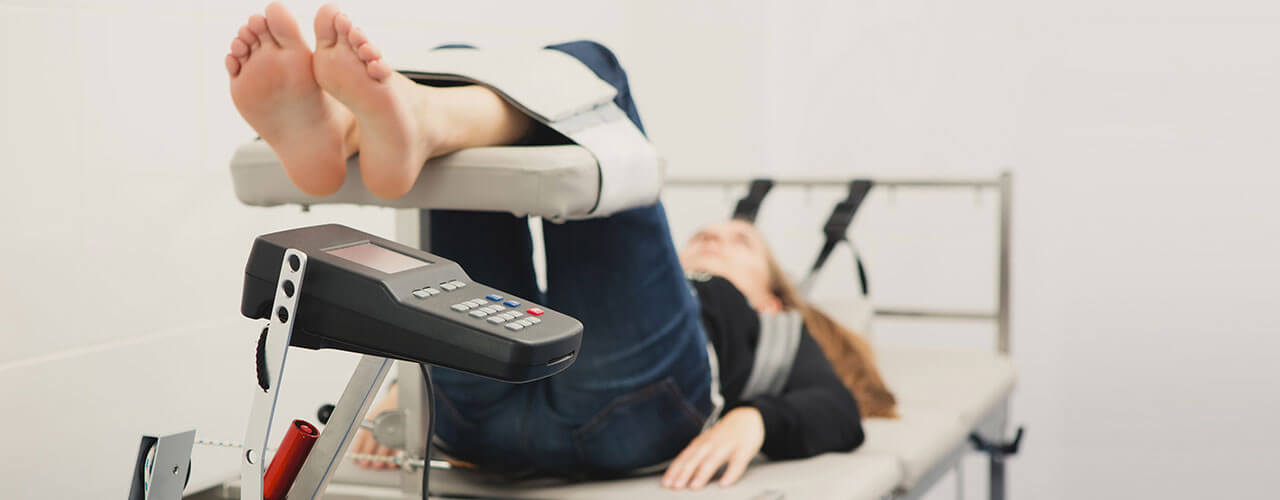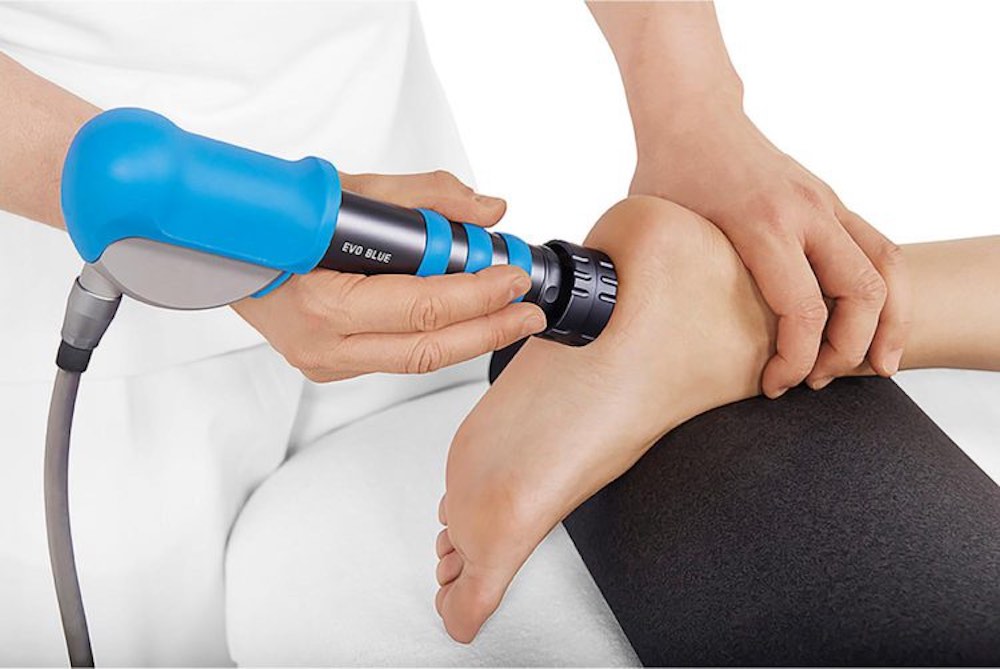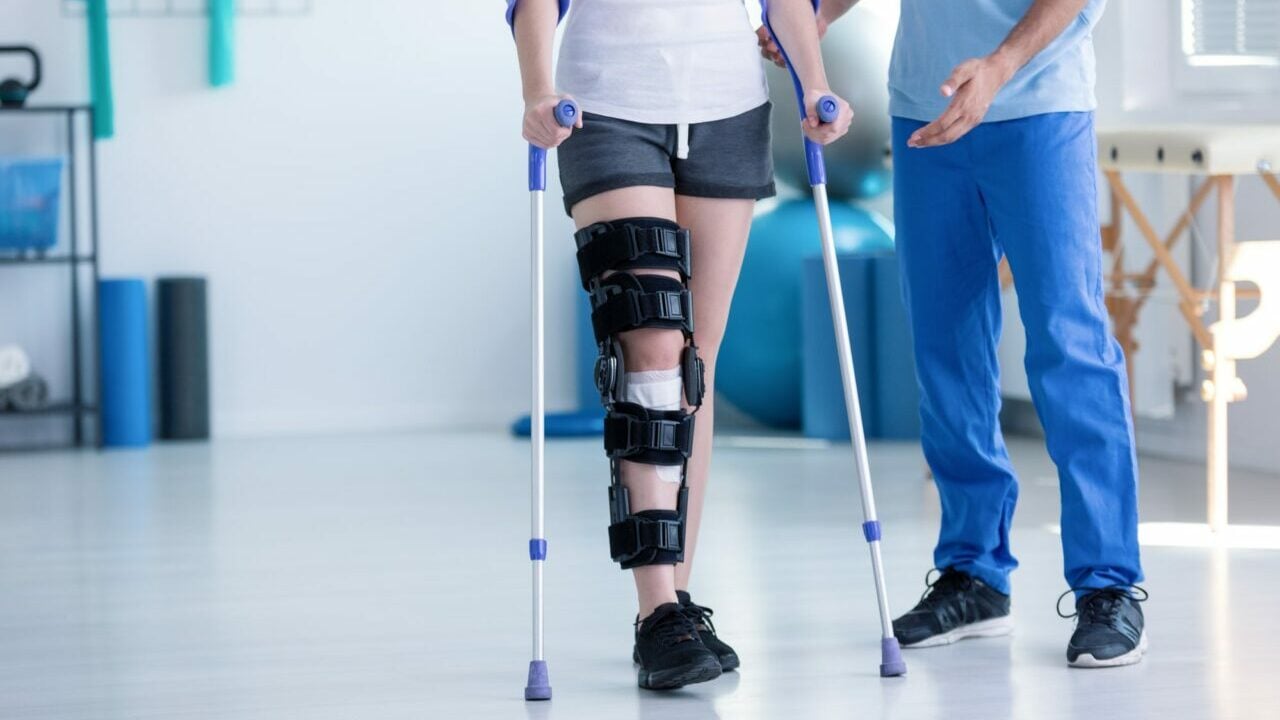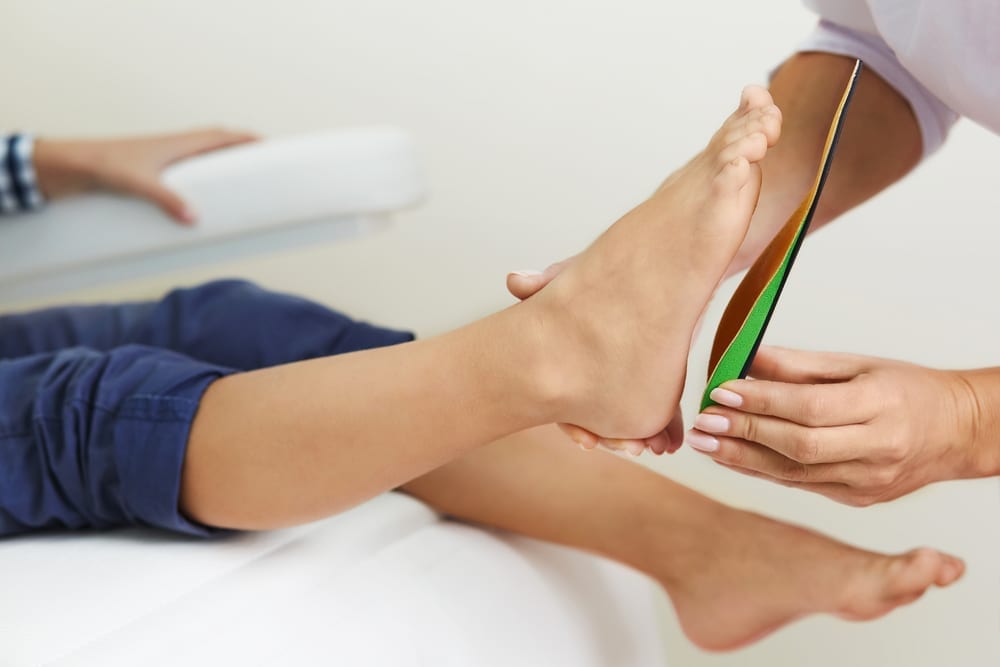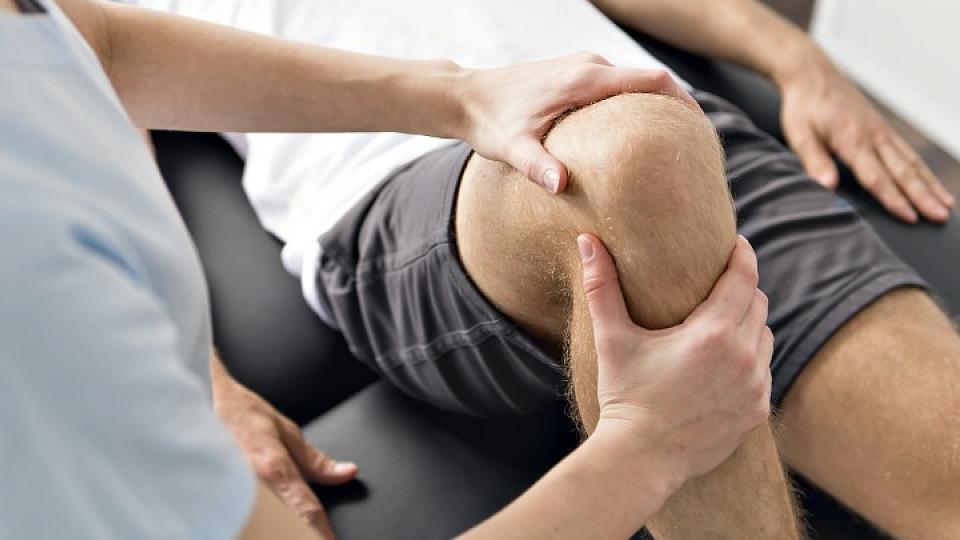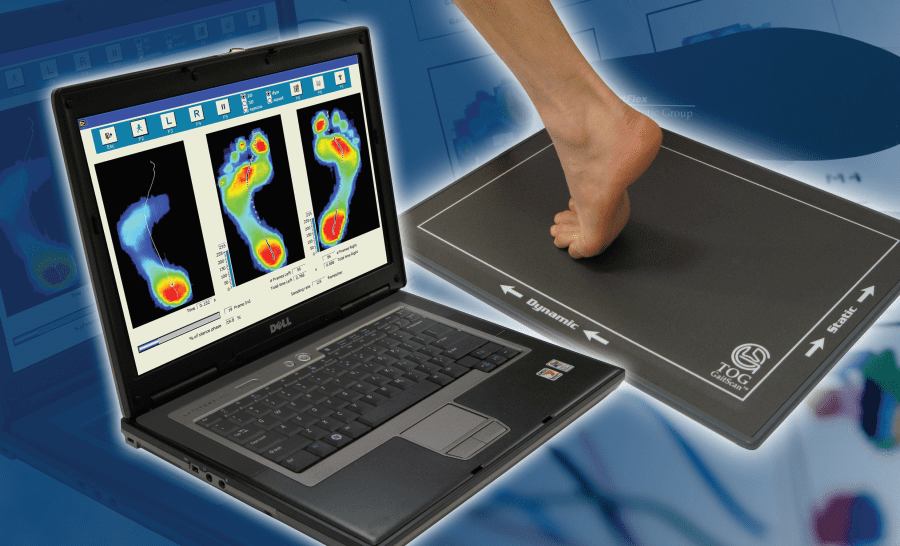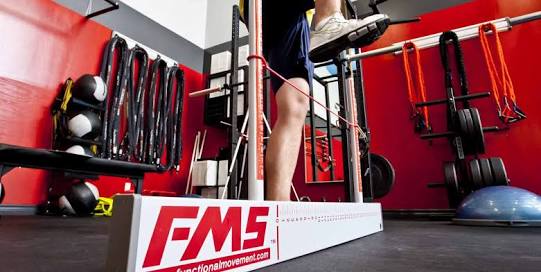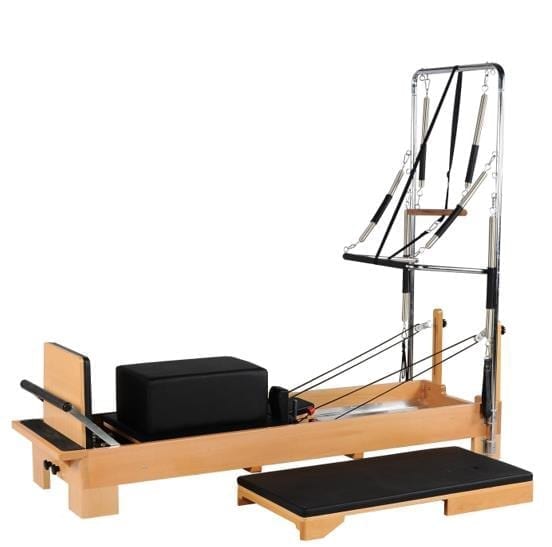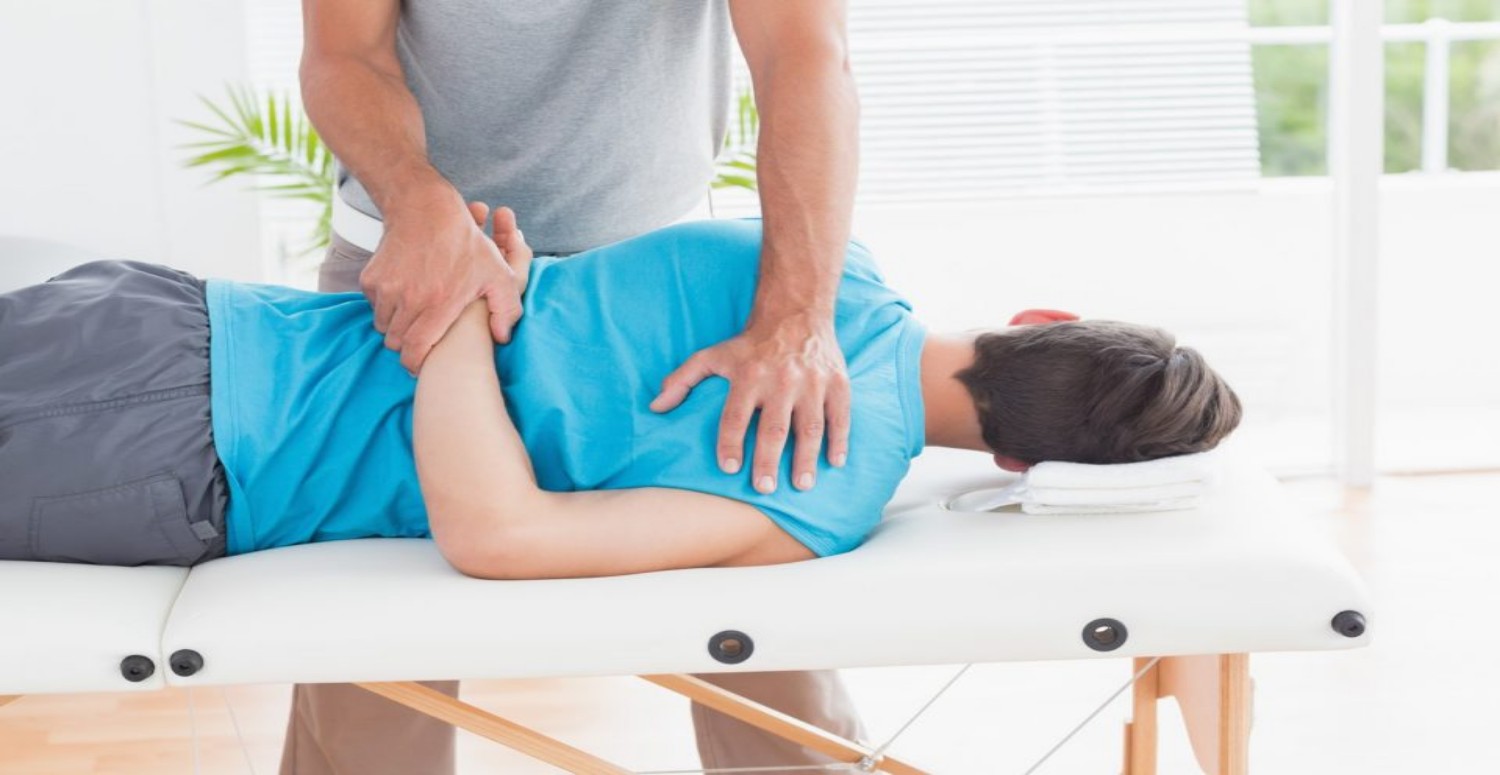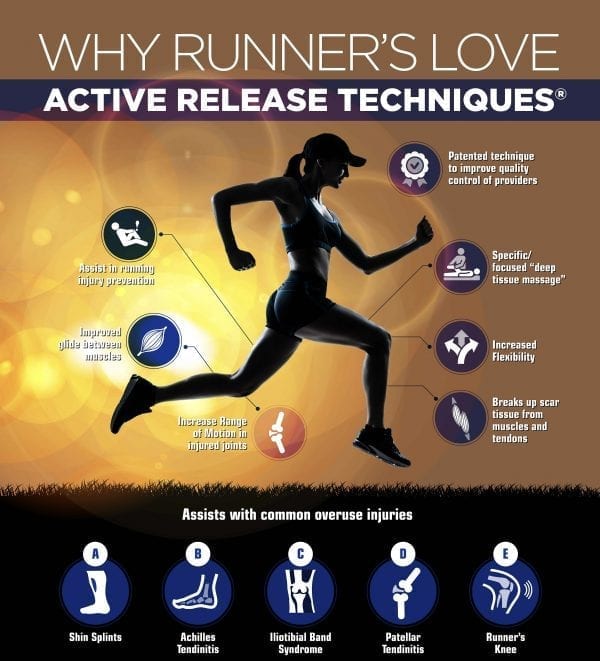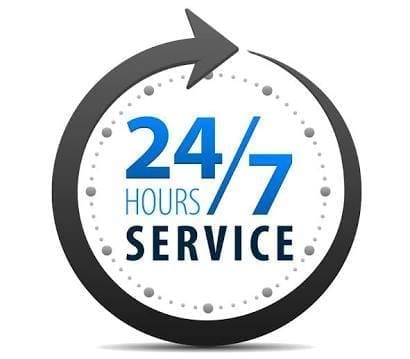How can Physio help solve my Disc Bulge Problem?

What is a disc bulge?
- Disc budges refer to a spinal injury, that can occur in the cervical (neck), thoracic (midback) or lumbar (lower back).
- The disc is described the same way as a fluid filled sac in between each intervertebral joint, that has an outer part (annulus fibrosis) and an inner part (nucleus propolsus).
How do disc bulges happen?
- When an individual does a lot of repetitive bending (flexion at the lumbar spine instead of the hips), this causes a tendency for the back of the disc to increase in fluid due to more pressure being put on the front of the disc.
- Examples of activities that can cause disc bulges include bending at the back when lifting heavy boxes, doing deadlifts at the gym without arching the lower back or being in a prolonged siting position when in the car.
Does a ‘disc bulge’ mean there is a problem with my back?
- If a patient comes in and they have ‘mild diffuse disc bulge, it doesn’t always mean that there is an issue. This is because any asymptomatic individual can have no pain but also present this finding on an MRI.
- The issue with having a disc bulge is when they bulge, and protrude backwards, and pinch the spinal nerves on the left or ride sides of the back, running out of the intervertebral foraminae.
- When the nerves are pinched by the produding disc, they cause inflammation and irritation, and therefore the patient will report symptoms such as weakness in leg muscles, especially during walking, sharp shooting radiating pain down the left leg, and pins and needles
What to do if you have a disc bulge?
- As soon as you get any signs of lower back pain or radiating symptoms, you should consult a physiotherapist to get a professional opinion about your issue.
- If there is a disc buldge that causes pinching on the nerve, therapy will be tailored to reduce your pain and inflammation in the area, and to release all the tight musculature around your lower back, hips, gluteals that tend to compensate and protect the body from damage.
- Treatment will also involve manual therapy and specialised equipment known as spinal decompression, aimed at opening the gap where the disc and nerve interfer which is a cause of the pain you experience. Further treatment will also be needed, which involves core strengthening exercises through clinical exercises, to strengthen all the stabilizing back muscles around the spine. By having the deep muscles contract and stabilize the spine, this reduces the pressure applied to the disc, and therefore will prevent recurrences of this issue.
Available 24/7 for emergency physio
Effective treatment solutions
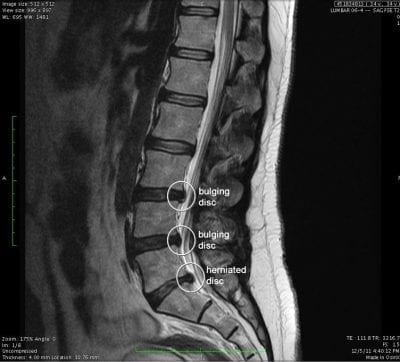
- Manual Therapy
- Joint Stretches
- Spinal Decompression Therapy

Other New Age Physio Service
TPI assessment
Spinal Decompression Therapy
Second Opinion
Radial Extracorporeal Shockwave Therapy
Pregnancy Physiotherapy
Post Operative Physiotherapy
Pilates Austral
Orthotics
New Age Fracture Clinic Austral
Mobile Physiotherapy
MMA Physiotherapy
Massage Therapy
Low Level Laser Therapy

TPI Assessment in Sydney
Unlock your golf performance with a Titleist Performance Institute assessment
Low Level Laser Therapy
Hydrotherapy Services
Gaitscan Analysis
Functional Movement Screening (FMS)
Exercise Therapy
Clinical Pilates Studio
Back Physiotherapy Sydney
All Sports Physiotherapy
After Hours Physiotherapy
Acupuncture & Dry Needling
Active Muscles Release Technique
24/7 Open Austral Emergency Physiotherapy

Get our free ebook on
"The 10 Most effective exercises" for lower back pain today!


